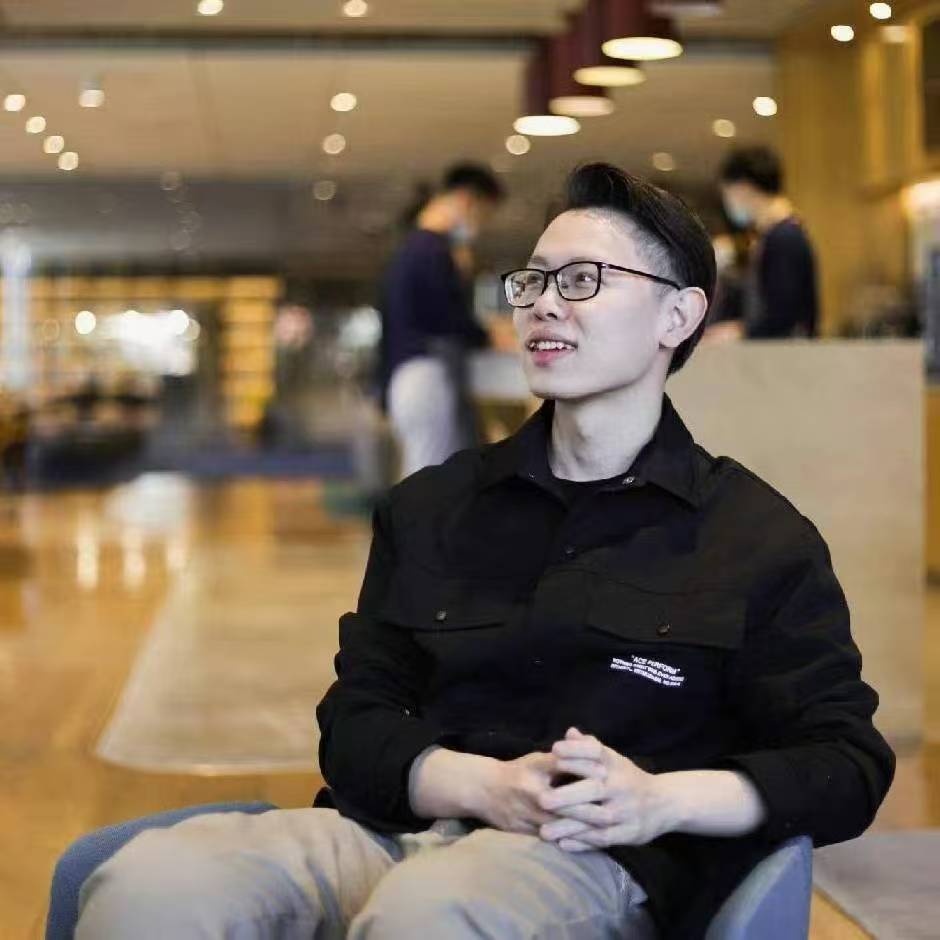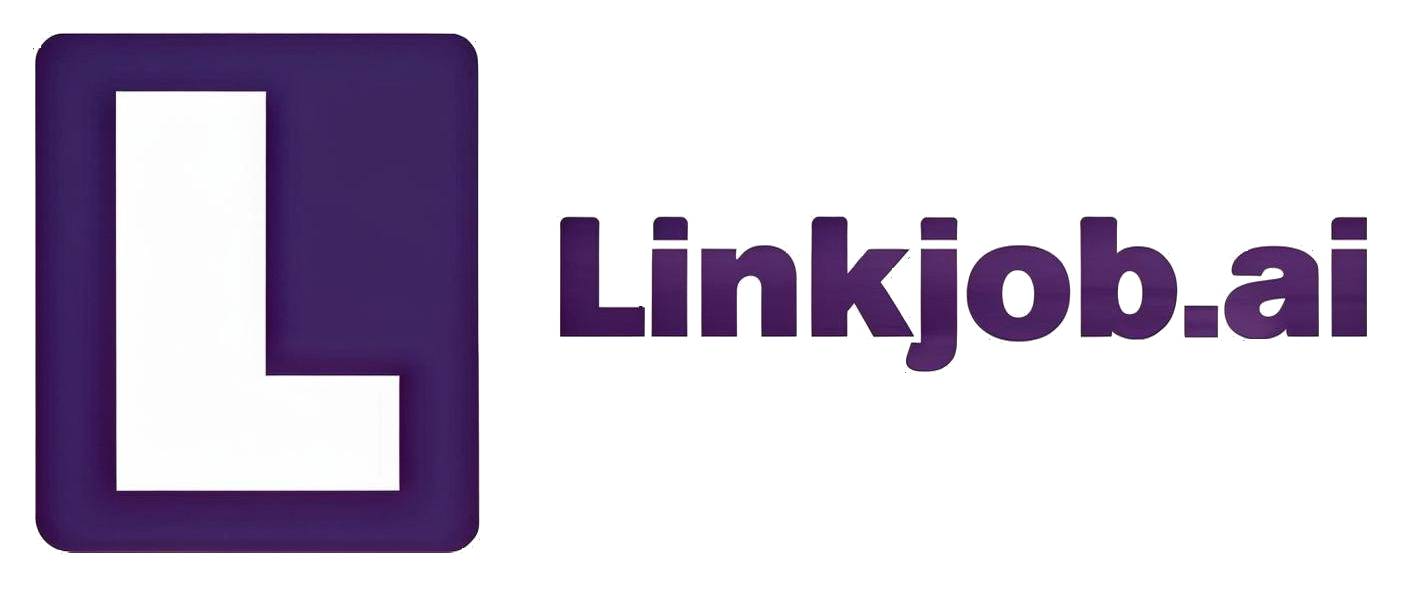All Types of Questions I Encountered in My McKinsey Interview
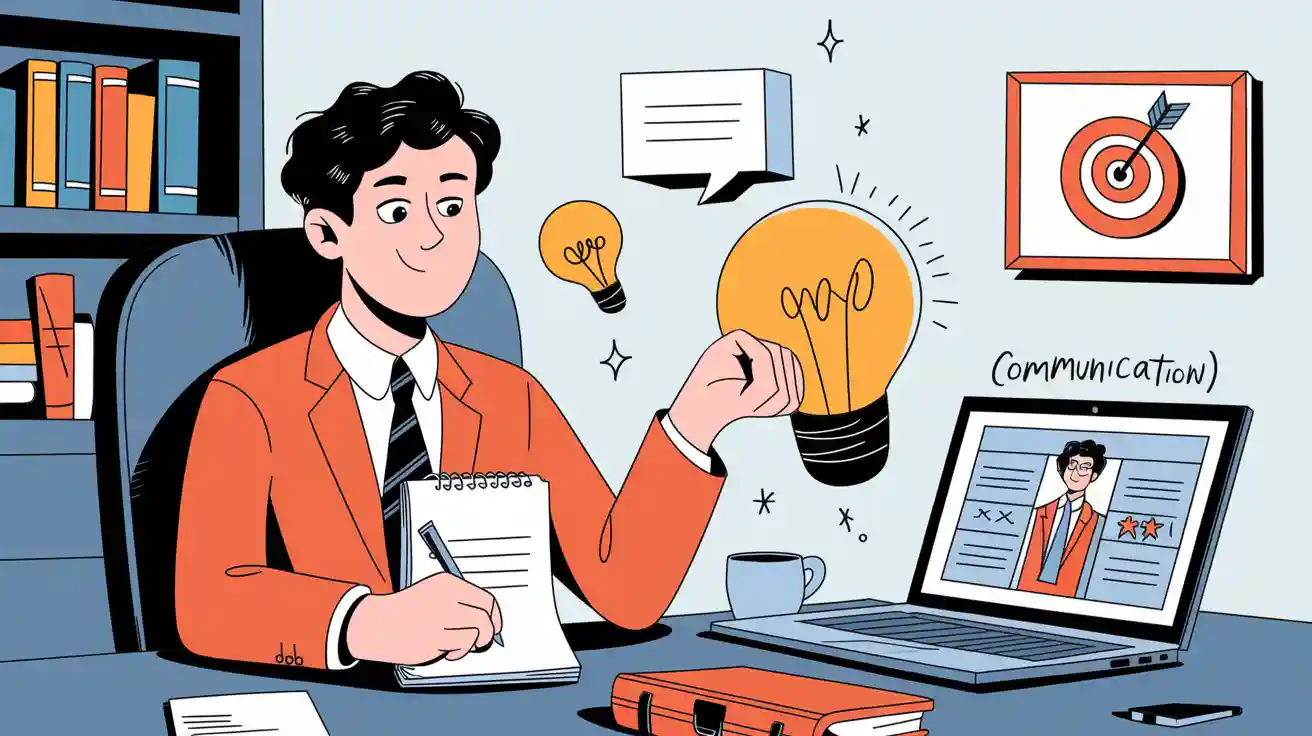
McKinsey's interviews are seriously tough, and there were so many rounds. After I was done, I felt completely drained. But I also gained a lot from the experience. Here, I'd like to break down the different types of questions I faced throughout my entire McKinsey interview process, to give some guidance to those of you who are currently preparing.
I am really grateful for the tool Linkjob.ai, and that's also why I'm sharing my entire interview experience here. Having an invisible AI assistant during the interview is indeed very convenient.
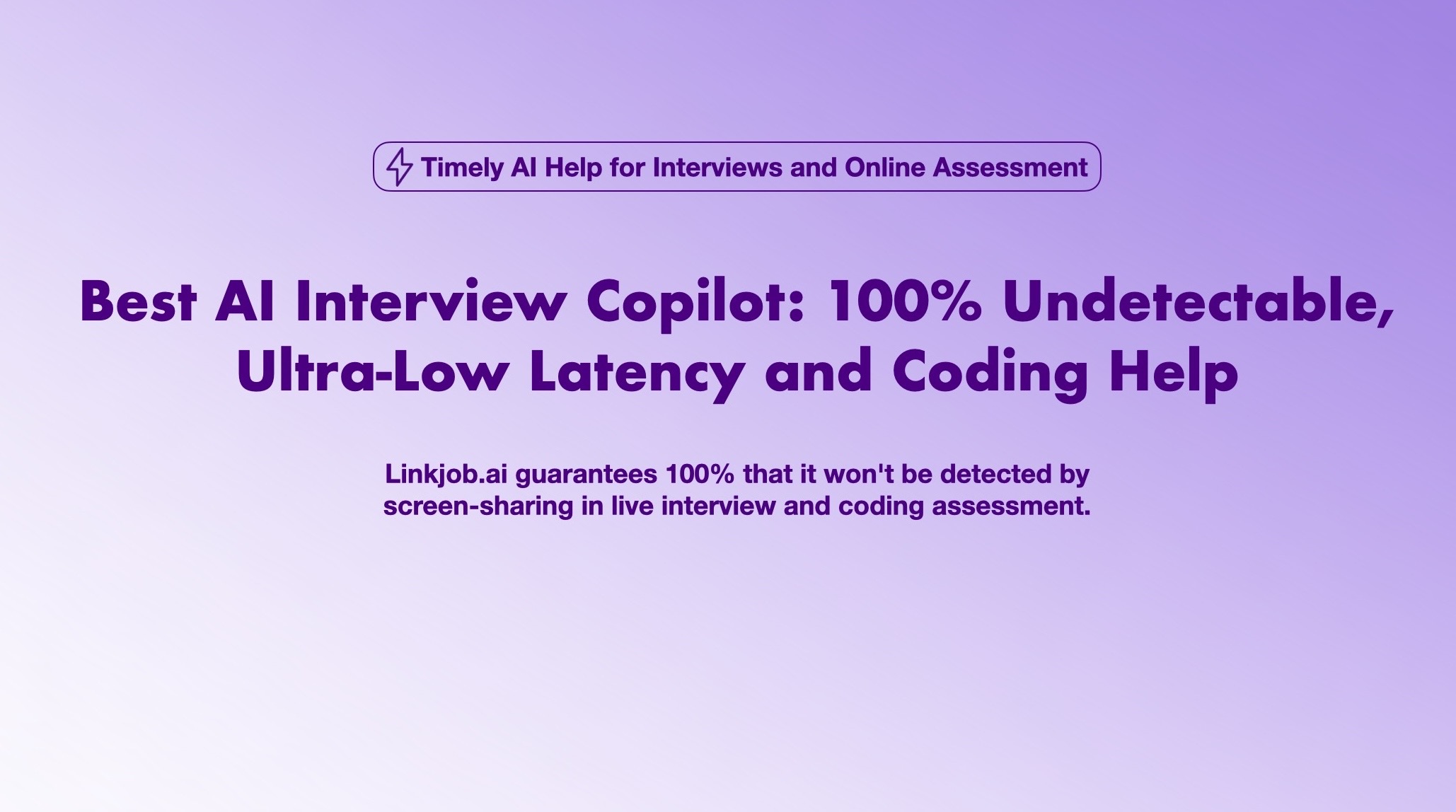
Key Takeaways
Prepare for McKinsey interviews by understanding each stage: resume screening, HR call, Imbellus test, Personal Experience Interview (PEI), case interview, and your chance to ask questions.
Use clear frameworks like STAR and SPSIL to organize your answers and practice multiple stories for each key theme to stay ready and confident.
Practice case interviews by breaking problems into steps, building simple frameworks, and explaining your thinking to show problem-solving skills.
Stay adaptable and calm when facing unexpected questions by using structured answers to keep your responses sharp and confident.
Next, I'll provide a detailed account of my interview experience. First, I'll walk you through the entire interview process from start to finish. Then, because I found the Online Assessment (OA) to be the most challenging part, I’ll start by focusing on that section first. After that, I'll go into detail on the other stages of the interview process.
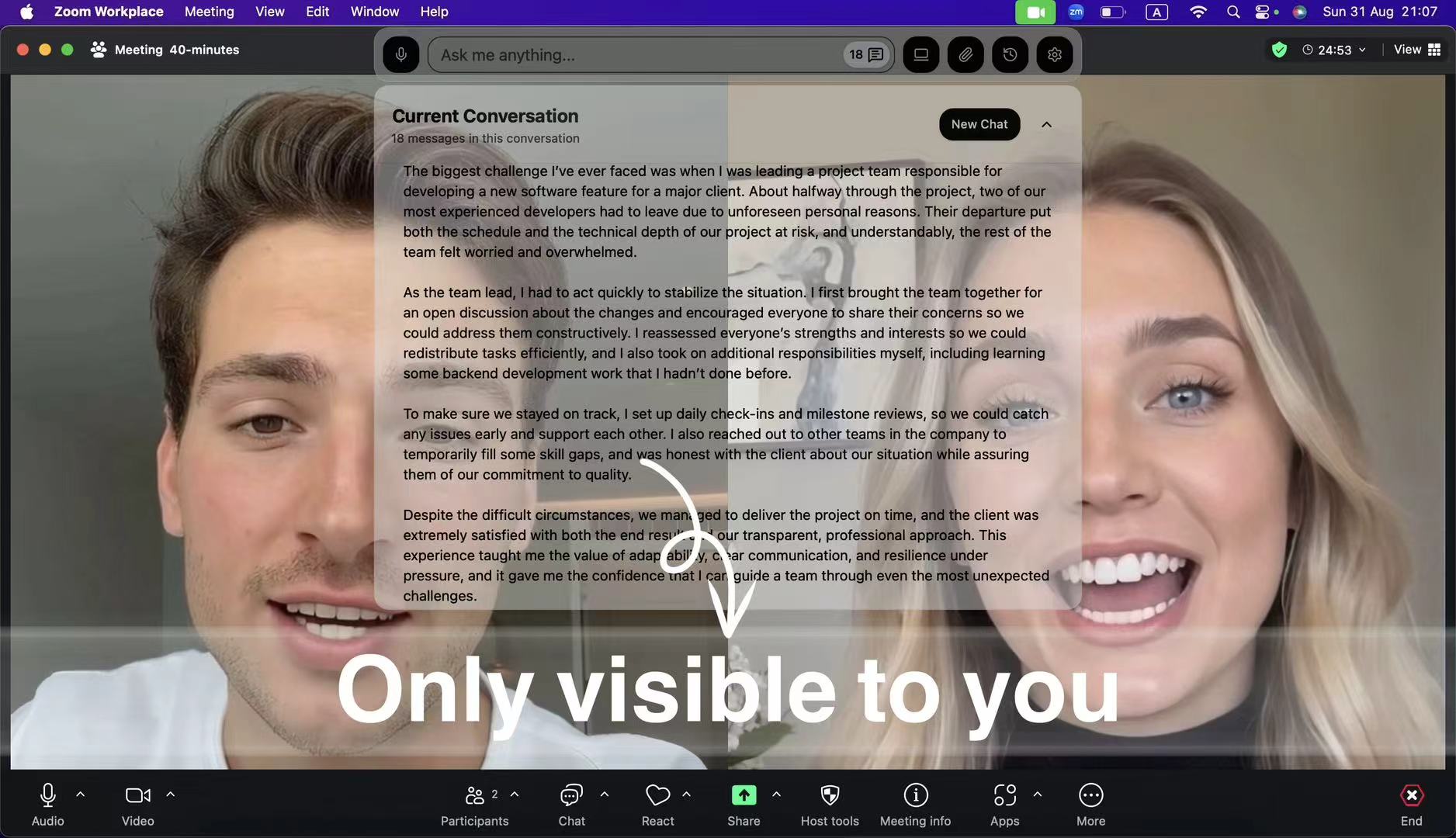
My McKinsey Interview Process
Initial Contact and Screening
HR Reach Out: The journey begins with initial contact from a recruiter.
HR Pre-talk: This is an initial behavioral screening. The recruiter will ask you about your background, your motivation for pursuing a career at McKinsey, and why you're interested in consulting.
Online Assessment (OA)
In this section, I want to go into detail about the real interview questions I encountered. Since there's a lot to cover, I'll provide the detailed breakdown in the next part.
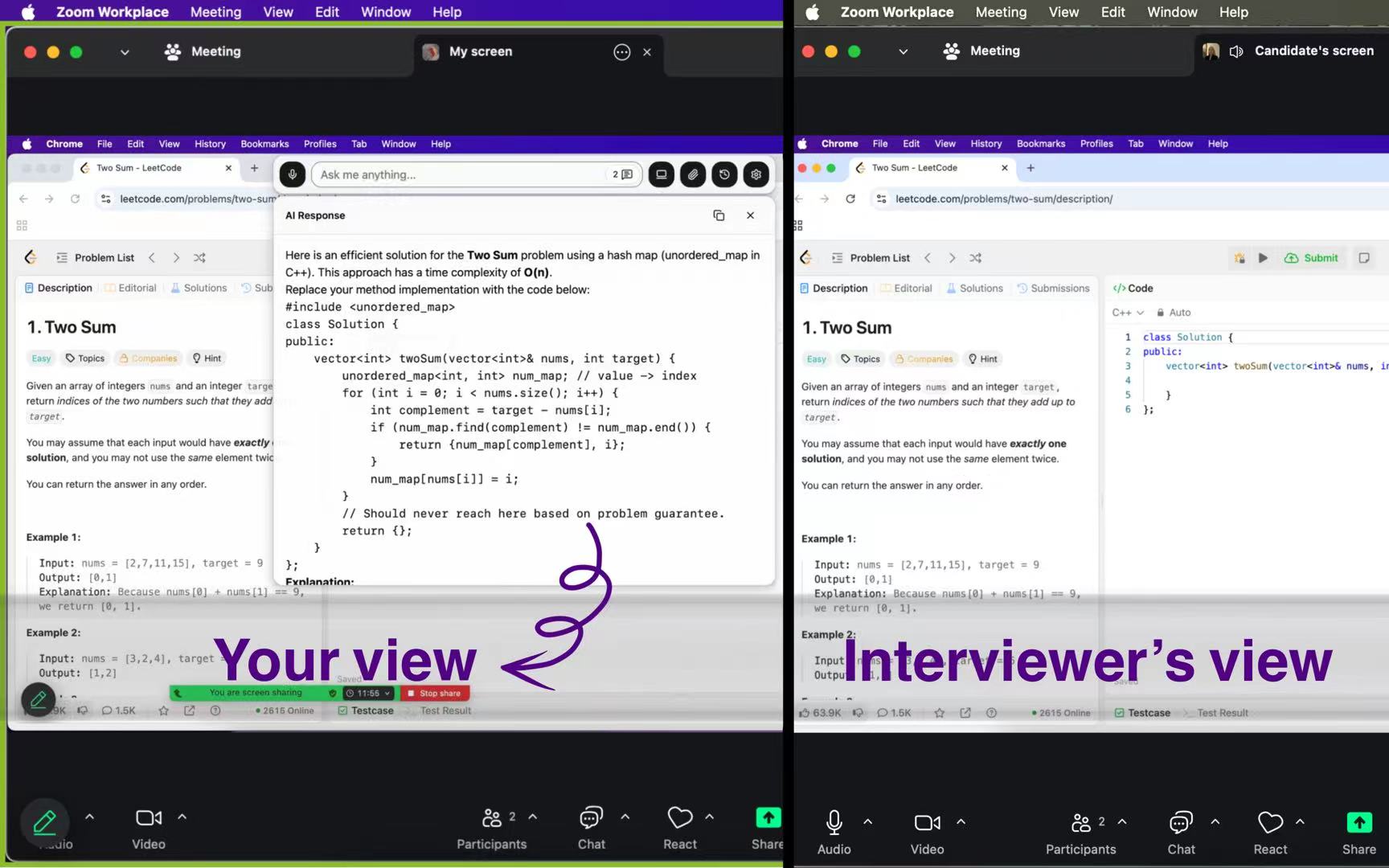
First-Round Interviews
This stage consists of two separate interviews.
One interview combines PEI (Personal Experience Interview) and a case study. You can find example PEI questions on the official McKinsey website.
The second interview combines PEI and TEI (Technical Experience Interview). The TEI is where you'll be asked to describe a technical project you've worked on. This was the only part of the entire process that was directly related to data science.
Final Round
This stage involves three interviews with three different partners. Each of these interviews consisted of a PEI and a case study.
My HR contact had initially told me the final round would be Problem Solving Scenarios instead of traditional business cases, and that they would be more tailored to my specific role. However, the interviews I experienced were more traditional PEI + case studies.
McKinsey SDE OA Real Interview Questions
Alright, let me walk you through my McKinsey SDE OA. The whole thing was split into four parts, covering SQL, an Algo problem, a JavaScript challenge, and a REST API call. Here's the lowdown on each question. I've got to say, using an AI mock interview tool beforehand really helped. I already had a good idea of the questions, so things went pretty smoothly.
Practice Every Type and Get Real-Time Help When It Counts
Linkjob offers tailored AI mock interviews covering the full spectrum of McKinsey questions: case studies, personal experience, problem-solving games, and behavioral assessments. It also gives you instant AI feedback and on-the-spot guidance during your real interviews.
SQL Question: Advertising System Failures Report
First up was the SQL problem, which was all about analyzing an advertising system. The task was to find customers who had a lot of campaign failures. Specifically, I had to report the names and number of failures for any customer with more than three 'failure' events. The data was spread across three tables—customers, campaigns, and events—so I had to do a bunch of JOIN operations and GROUP BYs to get the right numbers. It was pretty involved; I even ended up using a Common Table Expression (CTE) to make sense of all the logic.
Algo Question: Extraordinary Substrings
This was a classic algorithm problem called "Extraordinary Substrings." It’s all about a custom mapping where letters of the alphabet correspond to specific digits (for example, 1 for 'a' and 'b', 2 for 'c', 'd', and 'e', and so on). The goal was to count all the substrings in a given string where the sum of the letters' mapped values was perfectly divisible by the substring's length. I've also heard this problem is similar to LeetCode 1319, "Number of Operations to Make Network Connected."
JavaScript Question: Button in Bunch
The third part was a frontend challenge. I had to write some plain JavaScript (no frameworks!) to create 20 buttons on a page, and each one had to pop up an alert when clicked. I got a bit stuck at first on how to properly handle the existing content, but I figured out that using innerHTML was the way to go to get rid of the initial button and replace it with my new ones.
REST API Question: University Country List
Last one was the REST API problem. I was a data science major who's still transitioning into coding, so this was a new one for me. The task was to hit an API and get a list of universities by country. To solve it, I actually had to learn how to use Python's requests.get method beforehand. It was a good test of my ability to make the API call, parse the JSON data, and learn on the fly.
McKinsey Imbellus Test
Before my first-round interview with McKinsey, I thought the Imbellus test would be a logic quiz or some kind of abstract reasoning thing. It turned out to be one of the strangest and most interesting assessments I’ve ever taken. It’s more like a strategy simulation than a test, and it’s meant to assess how you think, not what you know. Here’s what I learned from actually going through this McKinsey Problem Solving Game.
Please note that the interview questions vary depending on the region you're interviewing in. As far as I know, the business track interviews for North American offices were recently changed to 65 minutes. If this is the case for you, you'll only have two questions: Redrock and Sea Wolf. If your interview is 110 minutes, you will also have the Ecosystem question.
McKinsey Imbellus Test Format and Game Types
Ecosystem Building (35 min)
Upon entering the game, you can choose between two types of terrain: mountain or ocean. The candidate must then select 8 species from a pool of 40 to construct an ecosystem. Using the chosen terrain and organisms, you must complete the construction of the food chain.
Redrock Island (35 min)
Study: Information Analysis. You need to extract effective data from the provided materials and drag it into a panel to identify key factors that affect business performance. (Keyboard shortcuts can be used to copy data, and the game has a built-in calculator.)
Case: A total of 6 independent scenarios. You need to perform calculations based on the given data and fill in the blanks in a report according to the results. (Fill-in-the-blank format)
Redrock (30 min)
Also known as the McKinsey Sea Wolf Game. Each polluted site has specific environmental information. You need to select 3 microorganisms from a candidate pool to form a treatment plan. The goal is to ensure the average attributes and overall characteristics of the microorganisms match the site requirements as closely as possible. There are a total of three different polluted sites, and each microorganism has different characteristics.
McKinsey Personal Experience Interview
McKinsey PEI Format
PEI, or the Personal Experience Interview, is a series of questions designed to understand a candidate's motivations and drivers, as well as how they react in specific situations, solve problems, and interact with others. It's more than just a test of one skill, it's about a candidate's whole personality and how they get things done. Therefore, McKinsey suggests on its official interviewing page that candidates prepare three to four stories in advance to successfully navigate this interview round.
Common McKinsey PEI Questions
McKinsey interview questions in the PEI focus on four main themes. Here are expectations and example questions for each theme:
Connection Theme
Expectation: Working with clients to deliver the right answer requires respectful debate supported by trust-based relationships.
Example Question: Explain a challenging situation you encountered when working with someone with an opposing opinion.
Drive Theme
Expectation: Overcoming obstacles and achieving challenging goals requires resilience, creativity, and judgement.
Example Question: Talk about a time when you worked hard to achieve excellence in particularly tough circumstances.
Leadership Theme
Expectation: Harnessing the power of diverse thinking requires leadership founded in understanding; empowering and motivating people to be at their best.
Example Question: Share an example where you worked effectively with people with different backgrounds despite challenges.
Growth Theme
Expectation: Growing as a professional requires constant learning and openness to feedback and change.
Example Question: Revisit a time when you had to repidly learn something new to tackle a challenging situation.
McKinsey PEI Response Techniques
My genuine advice is: don't underestimate the PEI. It is definitely more important than the Case. To be honest, I didn't think McKinsey's cases were that difficult, so I put the vast majority of my preparation time into the PEI. Most people will be tested on Personal Impact and Inclusive Leadership in the first round of interviews. Courageous Change is usually tested in the final round.
Although only Inclusive Leadership specifically requires a team leadership experience, for other PEIs, you should also prioritize stories that have elements of leadership or teamwork. I suggest you try to choose stories with more complex steps and a few twists and turns, as this better demonstrates your abilities.
Your story should have a good conclusion, and at the end, you should briefly mention your feelings or reflections. When telling your story, avoid using "we" or "us." Focus on the first person and highlight what you specifically did or thought.
A small tip is to tell your story to a friend who is completely unfamiliar with the situation and have them confirm that your delivery and introduction to the context are clear.
McKinsey Case Interview
McKinsey Case Interview Format
The case interview is quite straightforward, you just need to clarify the problem and then work through it step-by-step. I think the most important thing in this section is to ask questions if you're unclear. Before you've fully thought it through, it's fine to take a moment to collect your thoughts before speaking. You must also be sure to answer the question. Don't just focus on the structure, for every point, you need to explain why you want to understand it.
Due to length constraints, if you want to know the specific questions I was asked, you can read my other article dedicated to the McKinsey case interview.
McKinsey Role-Specific Interview Questions
McKinsey Analyst Interview Questions
Why do you want to work at McKinsey?
Tell me about a time you analyzed data to make a decision.
How do you handle tight deadlines and multiple projects?
McKinsey Engineer Interview Questions
Describe a technical challenge you solved.
How do you explain complex technical concepts to non-technical people?
Give an example of working with cross-functional teams.
McKinsey Presentation Designer Interview Questions
How would you approach analyzing a new market for a client?
Describe a time you used data to solve a complex problem.
How do you prioritize tasks when working on multiple projects?
Explain a technical challenge you faced and how you overcame it.
How would you communicate complex technical information to a non-technical client?
Describe a project where you had to collaborate with cross-functional teams.
How do you ensure your presentations align with McKinsey’s brand and messaging?
Describe a time you transformed complex data into a compelling visual story.
What tools and processes do you use to manage tight deadlines for multiple presentations?
McKinsey Interview Characteristics and Corresponding Strategies
The Problem and Context
The questions are typically long, with a lot of context that the interviewer can read for one to two minutes. Write down as much as you can, as it will be a big plus if you can tie your brainstorming back to the points mentioned in the question later.
Case Questions
The main case question and the framework question are sometimes not the same. The framework question often looks like a brainstorming question. It's crucial to remember the main case question so you can tie back to the original question when answering subsequent small questions. For example, the main topic might be "should the client enter market Y?" while the framework question might be "what factors should they think about regarding the cost of entering the market?", which is different from the main topic. Also, they will ask many non-traditional cases, so you must practice non-profit and government-related problems.
Math Questions
Many math problems look complicated but are not difficult to calculate. Don't panic when you see many numbers; just remember the basic formulas.
Key Focus Areas
There is a strong emphasis on providing a hypothesis for why something is happening. For example, if you are asked what you see in a chart, don't just give the trends; you must also mention the possible reasons for the trend and whether it makes sense to you.
There is a strong emphasis on the "So What" principle. Although McKinsey is an interviewer-led interview and you are not required to drive the case, you still need to link back to the original question after each math and chart problem, and propose what the client should do based on this information.
FAQ
Which frameworks do you most recommend preparing?
I suggest you master four key frameworks before your interview: 3C, 4P, Value Chain, and Issue Tree. These can help you solve most problems. Additionally, you need to proactively explain the logic behind each of your assumptions, rather than just giving a mechanical answer.
Which is more important, the PEI or the Case Interview?
The PEI (McKinsey's behavioral interview) and the case interview are of 50/50 importance. Never go into the interview with a half-hearted preparation.
Do I have to give a conclusion to the interview question? What if I can't think of one?
There is no conclusion section, and you are not required to give one.
See Also
My Strategies and Tips for Completing the Three McKinsey Solve Games
My 2025 McKinsey Case Interview Insider Tips That No One Shares
How to Ace McKinsey HackerRank Test in 2025 With Easy Tricks
My McKinsey Sea Wolf Journey: Personal Story and Winning Strategies
